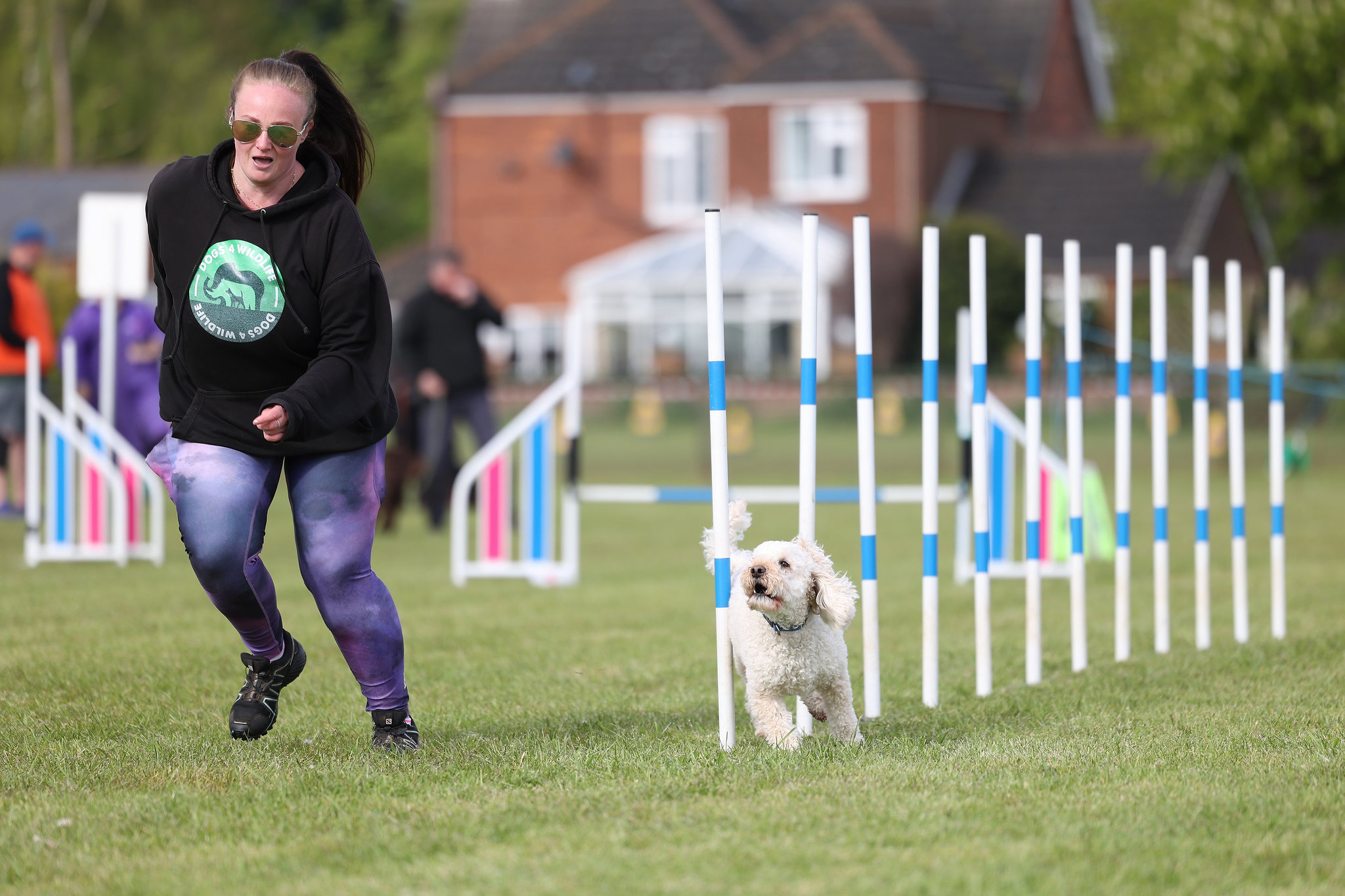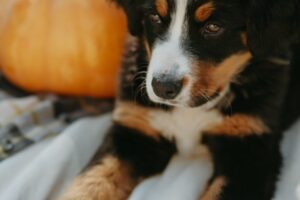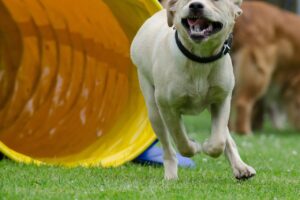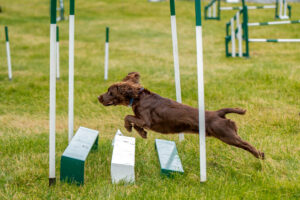
Is My Dog Suitable for Dog Agility Training?
Dog agility training is an exhilarating sport that showcases the bond between dogs and their handlers while testing their agility, speed, and obedience. It’s a fantastic way to keep your furry friend mentally and physically stimulated, while also strengthening your relationship. However, not all dogs are cut out for agility training. So, how do you know if your pooch has what it takes to excel in this dynamic sport? Let’s explore!
Understanding Dog Agility
Dog agility is a competitive sport where dogs navigate through a series of obstacles, including jumps, tunnels, weave poles, and seesaws, following cues from their handlers. The goal is to complete the course accurately and within the fastest time possible. It requires a combination of athleticism, focus, and teamwork between the dog and handler.
Assessing Your Dog’s Suitability
- Breed and Size: While any dog can participate in agility regardless of breed, certain breeds are naturally more inclined towards the sport. Breeds like Border Collies, Australian Shepherds, and Cocker Spaniels are known for their agility and enthusiasm. However, mixed breeds can also excel with the right training. Additionally, dogs of all sizes can participate.
- Temperament: A dog’s temperament plays a crucial role in agility training. Dogs should be confident, outgoing, and eager to learn. They should enjoy working with their handlers and have a strong desire to please. Dogs that are fearful, reactive, or easily distracted may find agility training stressful and challenging, but that’s not to say they can’t learn to love and benefit from it.
- Physical Condition: Agility training requires dogs to be in good physical condition. They should be healthy, free from any injuries or health issues that could impede their performance. Additionally, dogs should have the stamina and endurance to complete a course without tiring quickly.
- Age: While dogs of all ages can participate in agility training, it’s essential to consider your dog’s age and physical capabilities. Puppies are still developing both mentally and physically, so it’s important not to overexert them with rigorous training. Older dogs may also participate, but their training should be tailored to their age and any age-related limitations they may have.
Getting Started with Agility Training
If you believe your dog has the potential to excel in agility, it’s time to get started! Here are some steps to help you begin:
- Basic Obedience Training: Before diving into agility training, ensure your dog has a solid foundation in basic obedience commands such as sit, stay, come, and heel. These commands will form the basis of your agility training and help your dog navigate obstacles effectively. Our puppy class is a perfect foundation of obedience for agility prospects.
- Find a Trainer: Consider enrolling in a dog agility class or working with a certified agility trainer. They can provide guidance, support, and structured training sessions to help you and your dog succeed. At Unleashed Pawtential, we have both classes and 1-2-1’s available.
- Start Slow: Introduce your dog to agility equipment gradually, starting with low-impact obstacles such as tunnels and low jumps. Use positive reinforcement techniques such as treats, toys, and praise to motivate and reward your dog for their efforts.
- Practice Consistently: Like any sport, agility requires consistent practice to improve. Set aside time each day to work on agility training exercises with your dog, focusing on building their confidence and skills gradually.
Conclusion
Dog agility training is a fun and rewarding activity that can strengthen the bond between you and your furry companion. While not all dogs may be suited for agility, many can thrive with the right training, patience, and dedication. By assessing your dog’s suitability and starting with basic training exercises, you can embark on an exciting journey into the world of agility together. So, grab your leash, some treats, and get ready to unleash your dog’s potential on the agility course!



